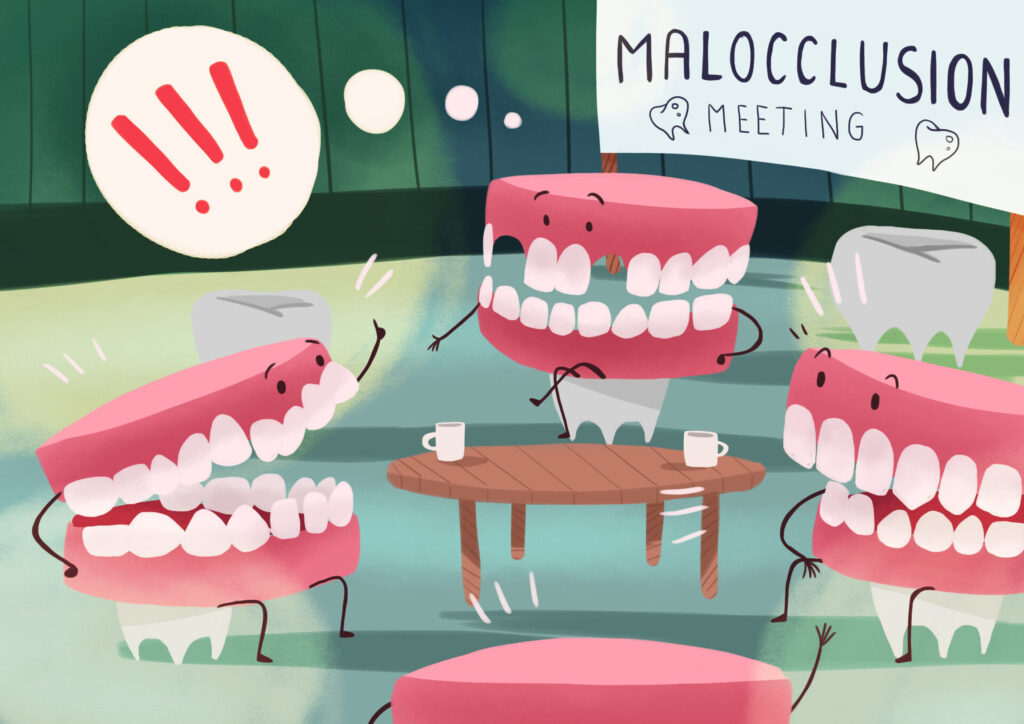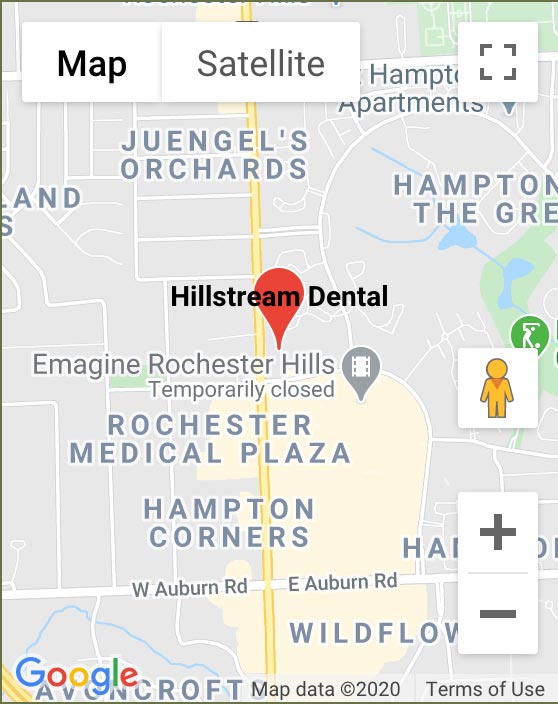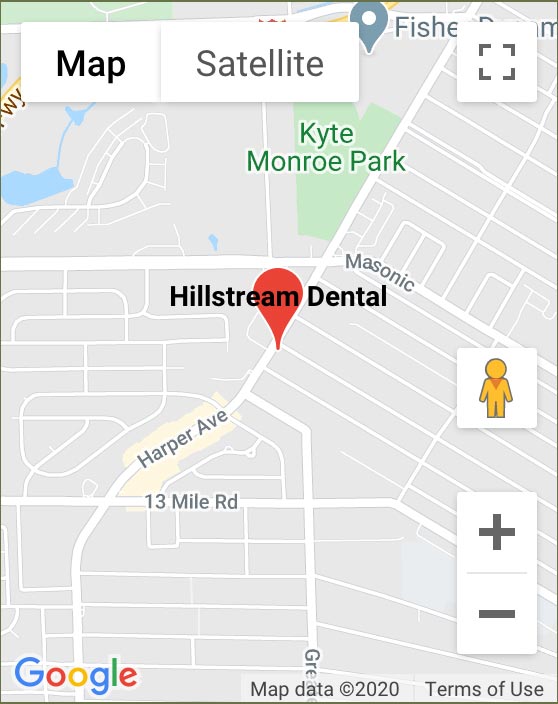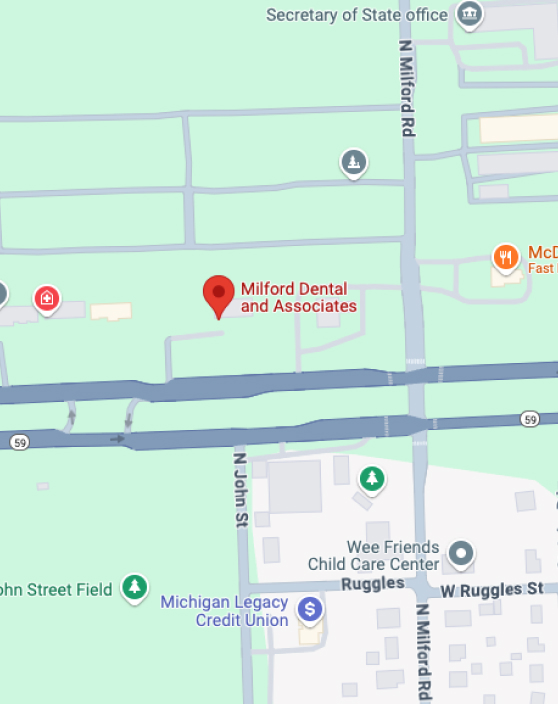
Malocclusion refers to misalignment between the upper and lower teeth. It’s more common than most people realize. At Hillstream Dental, our team in Rochester Hills, St. Clair Shores, and Milford, MI, sees a wide range of cases—some mild, some more notable. Understanding the different types helps parents and adults spot issues early and explore the best path forward.
What is an Overbite?
An overbite occurs when the top front teeth project too far over the bottom front teeth. A slight overbite is normal, but a deep one can cause enamel wear or jaw strain. It may also affect speech and make cleaning harder near the gumline.
Understanding Underbite
An underbite happens when the bottom teeth protrude in front of the top teeth. It can make biting and chewing more difficult. In some cases, it places stress on the lower jaw. Left untreated, it can lead to TMJ (jaw joint) symptoms over time.
What is Crossbite?
A crossbite happens when upper teeth sit inside bottom teeth on one side—or sometimes both. This misalignment can cause uneven wear, gum recession, or asymmetrical jaw growth. Early evaluation can reduce problems later, especially in growing children.
What is an Open Bite?
An open bite exists when front teeth don’t touch—even with the mouth closed. This creates a visible gap. Speech issues, chewing problems, and tongue thrust can result. Early orthodontic treatment often helps shift teeth into proper contact.
What is Crowding?
Crowding occurs when the mouth lacks space for new teeth to align. It can lead to overlapping or rotated teeth. If not addressed early, crowding may require extractions or more complex orthodontic work later. Monitoring with your dentist ensures better timing for intervention.
Causes of Malocclusion
Bite alignment can be influenced by several factors. Genetics often play a big role—if parents had crowded teeth or bite issues, kids might too. Habits like thumb sucking, pacifier use, or prolonged bottle feeding can also impact how the teeth and jaws develop. Injuries or early loss of baby teeth may shift nearby teeth out of place. In many cases, it’s a mix of inherited traits and early-life habits that shape how the bite forms.
When to Consider Treatment
If you notice aligned issues—or a bite that changes over time—it’s worth an orthodontic evaluation. Your Hillstream Dental team can recommend options like braces or clear aligners. In growing kids, minor corrections can often prevent more invasive work later.
Orthodontic Guidance at Hillstream Dental in Rochester Hills, St. Clair Shores, & Milford, MI
At Hillstream Dental, our team in Rochester Hills, St. Clair Shores, and Milford, MI stays involved in your smile’s journey. We monitor bite alignment during routine visits, offer early advice on habits or growth, and discuss orthodontic options when appropriate. If you’ve noticed any bite concerns—like teeth misalignment or jaw discomfort—reach out. Call today to schedule a consultation and find out how we can help keep your or your child’s smile on the right track.
Contact UsImage from Authority Dental under CC 2.0

 Rochester Hills Location: 2565 S. Rochester Rd.
Rochester Hills Location: 2565 S. Rochester Rd.
 St. Clair Shores Location: 31850 Harper Ave
St. Clair Shores Location: 31850 Harper Ave
 Milford Location: 192 Highland Rd
Milford Location: 192 Highland Rd